Part 3 of Our Building Trust Series
Unfortunately, the words above are often spoken immediately prior to a catastrophic and largely avoidable failure.
In previous installments of this series, I described the tremendous value of building trust in organizations and factors that contribute to leader trustworthiness (one of which is the focus of today's post - competence).
Many of the hundreds of managers and executives with whom I've worked strove to achieve competence-based trust by knowing everything and by having all the answers. However, thumping one’s functionally or technically expert chest is actually apt to have opposite the desired effect. The more a manager or executive makes decisions unilaterally, micromanages people, and desperately clings to power and control, the less leader-like she is perceived to be.
The manager or executive perceived to be confident and competent is the one who recognizes her limits, values involving others in problem-solving and decision-making, and who believes most problems have more than one possible solution.
I have two pieces of advice for a manager or executive who wants to be perceived as a leader – who wants to build trust through competence…
First, focus on developing insight rather than knowledge. In other words, be process-oriented rather than content-oriented. This isn’t to say that subject matter expertise isn’t important – but a highly effective leader practices intellectual curiosity, strives to minimize personal biases in her thinking, seeks input and perspective from others, and doesn’t settle for the first answer, the easy answer, or even a single answer. Her default setting is to assume that someone else has a better idea than she does (while the middling or poor manager tends to think she has a monopoly on good ideas). The aforementioned practices help a leader development perspective and insight and help her to ultimately generate better solutions and make better decisions – and that contributes to perceptions of her competence.
Second, focus on managing stress reactions. When a leader feels stressed or threatened, cortisol is released in her system and that triggers fight and flight reactions. These reactions, while adaptive in many situations, are largely counterproductive in modern work environments. When the people around a leader see her lose her composure, yell at people, make impulsive decisions, or avoid stressful decisions, they lose confidence in her. A highly effective leader demonstrates poise and composure; she’s at her best when people need her most. Her steadiness in the face of challenge or threat signals to others to remain calm and focused, and encourages others to be resilient. A clear-minded leader leverages insight (as described above) in critical situations – and nothing builds confidence in a leader more than being the port in the storm.
Developing insight and demonstrating poise – if you want to be trusted, both are far more important than having all the answers.
Next time: The Two Essentials of Building Benevolence-Based Trust
Daniel L. LeBreton is an organizational psychologist and the founder of Impavid Consulting, LLC – a consultancy dedicated to developing leaders who dignify work, engage people, and inspire excellence. Daniel has worked with hundreds of leadership and executives in organizations ranging from small non-profits to Fortune 100 companies. In addition to running Impavid, Daniel teaches at Vanderbilt University and Belmont University and serves as an advisor at the Nashville Entrepreneur Center.
Enjoyed this post? Like it. Have something to say about it? Comment. Know someone who might enjoy it? Share it. Just can't get enough of the More Than Foosball blog? Subscribe!

